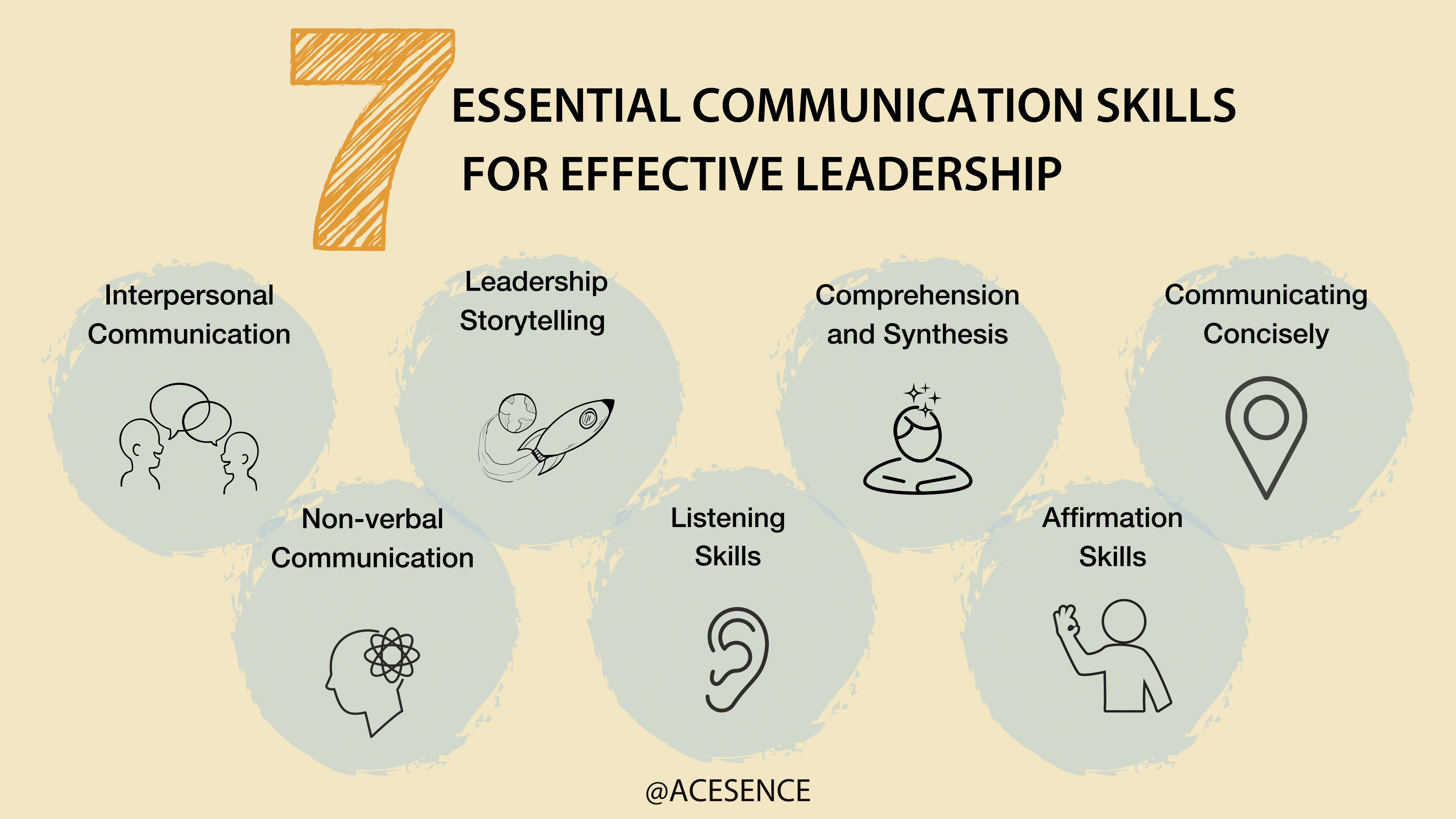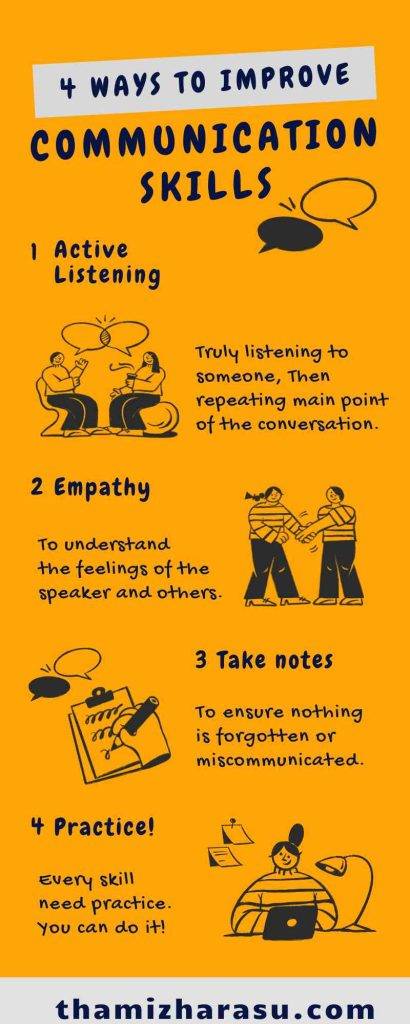Ways To Improve Communication Skills At Work

In today's hyper-connected yet often disjointed workplace, effective communication is no longer a soft skill but a core competency. Misunderstandings, unclear instructions, and a lack of transparency can cripple productivity, erode morale, and ultimately impact the bottom line. Companies are increasingly recognizing the urgent need to cultivate a culture of clear, concise, and empathetic communication to thrive in a competitive global market.
This article delves into actionable strategies for improving communication skills at all levels of an organization. From active listening techniques to leveraging technology effectively, we explore the tools and approaches necessary to foster a more communicative and collaborative work environment. We examine expert insights and best practices to help individuals and teams bridge communication gaps and unlock their full potential.
Active Listening: The Foundation of Understanding
Effective communication begins with actively listening. This goes beyond simply hearing the words someone is saying; it involves truly understanding the message, both verbal and nonverbal.
Practice focusing on the speaker, minimizing distractions, and asking clarifying questions.
Harvard Business Review emphasizes the importance of reflecting back what you've heard to ensure accurate comprehension, reducing potential for misinterpretations.
Clarity and Conciseness: Getting to the Point
In a fast-paced work environment, brevity is key. Avoid jargon, unnecessary details, and ambiguous language.
Strive for clear, concise communication that gets straight to the point.
Organizations like the Project Management Institute (PMI) advocate for structured communication frameworks, such as the situation-background-assessment-recommendation (SBAR) technique, to ensure information is delivered efficiently and effectively.
Leveraging Technology: Choosing the Right Tools
Technology plays a vital role in workplace communication, but it's crucial to select the appropriate tools for different situations.
Email is suitable for formal announcements and detailed information, while instant messaging is better for quick questions and informal updates.
Video conferencing platforms facilitate face-to-face interactions and collaborative brainstorming, especially for remote teams.
Overcoming Digital Communication Challenges
While technology offers numerous benefits, it can also create challenges. Misinterpretations can easily arise in written communication due to the lack of nonverbal cues.
Emphasize clarity and professionalism in all digital communications.
The Chartered Management Institute (CMI) suggests incorporating video calls more regularly to foster stronger relationships and reduce the likelihood of misunderstandings within virtual teams.
Nonverbal Communication: Paying Attention to Body Language
Nonverbal cues, such as body language and facial expressions, can significantly impact how your message is received.
Maintain eye contact, use open and inviting gestures, and pay attention to your tone of voice.
Susan Cain, author of "Quiet: The Power of Introverts in a World That Can't Stop Talking," emphasizes that understanding and respecting different communication styles, including nonverbal preferences, is crucial for fostering inclusive environments.
Empathy and Emotional Intelligence: Connecting on a Human Level
Effective communication requires empathy and emotional intelligence. Understand and acknowledge the perspectives of others.
Show genuine interest in their thoughts and feelings.
Daniel Goleman, a leading expert on emotional intelligence, argues that emotionally intelligent communicators are more persuasive, collaborative, and effective leaders.
Providing and Receiving Feedback: A Continuous Improvement Cycle
Regular feedback is essential for improving communication skills. Create a culture where constructive criticism is encouraged and valued.
When giving feedback, focus on specific behaviors and their impact, rather than making personal judgments.
Organizations should implement formal feedback mechanisms, such as 360-degree reviews, to provide employees with a comprehensive view of their communication strengths and areas for development, according to the Society for Human Resource Management (SHRM).
Training and Development: Investing in Communication Skills
Companies should invest in communication skills training for their employees. Workshops, seminars, and online courses can provide valuable tools and techniques.
These programs should cover topics such as active listening, public speaking, written communication, and conflict resolution.
The Association for Talent Development (ATD) highlights the growing demand for communication skills training in the workplace, emphasizing that organizations that prioritize such development see significant improvements in employee engagement and productivity.
Looking Ahead: The Future of Workplace Communication
As the workplace becomes increasingly diverse and globalized, effective communication will become even more critical. Companies will need to adapt their communication strategies to accommodate different cultural norms and communication styles.
Artificial intelligence (AI) is also likely to play a growing role in workplace communication, providing tools for translation, sentiment analysis, and personalized communication.
By embracing these trends and investing in communication skills development, organizations can create more collaborative, productive, and successful work environments for all.








:max_bytes(150000):strip_icc()/communication-skills-list-2063779_FINAL1-5b60d4a9c9e77c00251d3de9.png)









